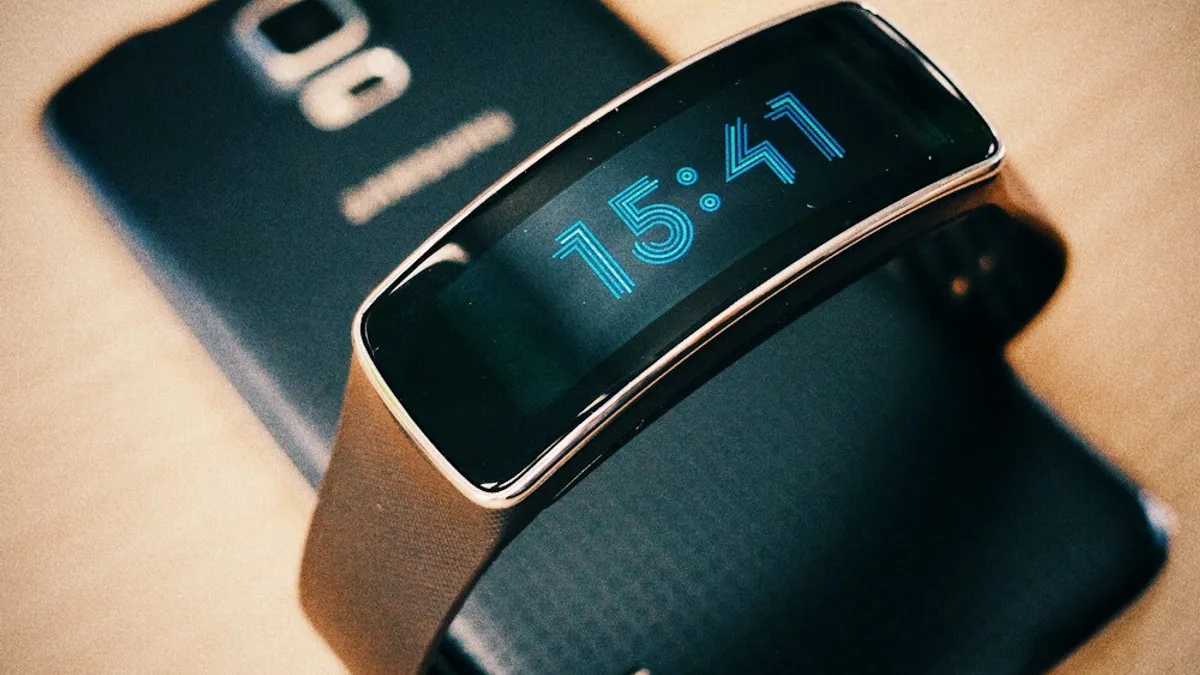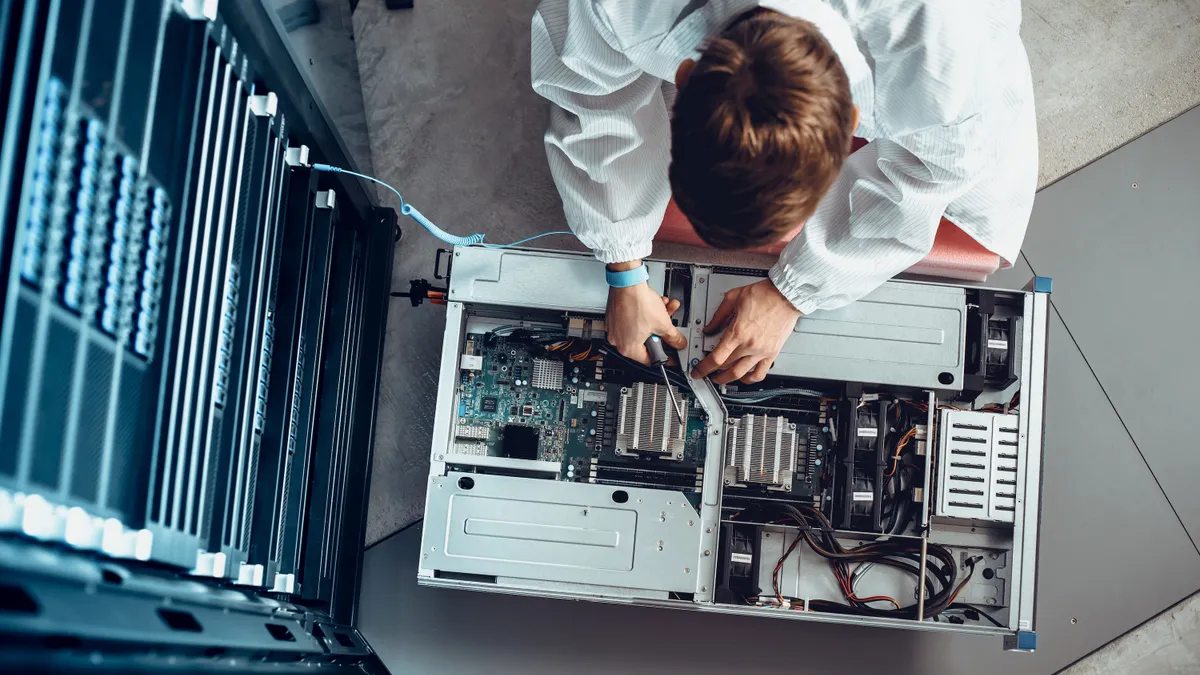Editor's Note: This article is part of a series on benefits technology. All stories in this series can be found here.
Not every tech term definition is as self-evident as the now ubiquitous wearables. Wearables are just as the name implies: Items designed to be worn. But what’s revolutionary about wearables is the range of current-day functions and their role in consumers' lives — frankly unimaginable 20 years ago. Today wearables are reshaping the health and wellness landscape in ways that are starting to impact benefits.
“Wearable” or “wearable tech” is an umbrella term for multiple categories of high-tech products to be worn, carried or connected to electronically. The list is long, starting with smartwatches, headphones, fitness wristbands, activity trackers and virtual reality connections. Even smart clothes are part of the mix.
Wearables are helping users make positive health and lifestyle choices. In some ways, they’re like having access to a healthcare provider, personal coach, facilitator, trainer or tutor 24-7, often in one handy device.
A wearables primer
LuAnn Heinen, vice president at the National Business Group on Health, told HR Dive that the basic functions of most wearables, regardless of specific form, use smart sensors to track progress towards goals. Wearables are currently used to track everything from weight loss and physical activity to stress management and better sleep. The ability of the devices to connect wirelessly to an app make it easy to check and compare results, she said.
While the wearable tech category has been trending for a few years and overall the market continues to grow, the market penetration hasn't moved as quickly as forecast. But the category continues to see new innovations and products come and go.
There are physical and emotional benefits for workers who use wearables, and the devices can be integrated into wellness programs in interesting ways.
"Wearables support individual and team goals, and are commonly used for physical-activity challenges in the workplace. When used to track team performance, they can build social connections among employees and boost engagement. Others are used to practice mindfulness, cultivate behaviors that promote happiness or monitor respiratory activity as an indicator of stress response," Heinen said. "[Wearables] can provide reminders, motivational cues, coaching tips and rewards in a low-cost and timely way."
For employers thinking about investing in wearables for employees to improve worker health and productivity, an overall strategy is important, Heinen said. "What’s important is an overall strategy designed with your own workforce in mind; whether a wearable is right depends on employee goals, culture and organizational support, as well as budget," Heinen said
The biggest all-time seller
Fitness wristbands are the biggest selling wearables of all time, according to Statista, an online statistics portal headquartered in Germany that specializes in market research and business intelligence. Employer-sponsored wellness programs are enabling workers to monitor their physical fitness activities and improve their emotional well-being, largely by using portable wearable such as wristbands.
Tech companies manufacture fitness wristbands in assorted styles and price ranges. The app-based devices connect to users’ cell phones so they can send and receive text messages and get notifications. Wristband functions vary by model, but generally allow users to track, monitor or score personal regimens such as their:
- Food intake
- Calories burned
- Miles walked or run
- Hours of sleep
- Weight loss or gain
An expanding role in medical research
Employers aim to maintain a healthy, productive workforce through preventive healthcare measures like wellness programs. Wearables are making that possible, while also advancing medical science.
Researchers at the Stanford University School of Medicine developed a wearable sensor that might one day be used to diagnose cystic fibrosis, diabetes and other diseases. When attached to the skin, a device with sensors and microprocessors induces sweat from which it can measure molecular levels of chloride ions, associated with cystic fibrosis, and glucose, associated with diabetes.
What’s driving the increase in preventive medicine and self-monitoring healthcare? The authors of a scientific paper, Wearable Devices in Medical Internet of Things: Scientific Research and Commercially Available Devices (by Mostafa Hagh, Kirstin Thurow, Regina Stoll, et al.), cite a significant expansion in the aging population, projected to occur by 2020, as the driver. They also describe wearables as the center of discussions on topics related to the Internet of Things (IoT). IoT is the interconnection of computing devices by the Internet. The devices are embedded in common objects that allow them to send and receive data.
Statista says that wearables have been used in medicine, the military and the business industry for decades, but are just taking off in the private consumer marketplace.
The future of wearables appears certain. Based on Statista’s estimates, more than 170 million wearable wristbands will be shipped to customers in 2020. And smart watches could be half of all wearable sales by 2018.




















